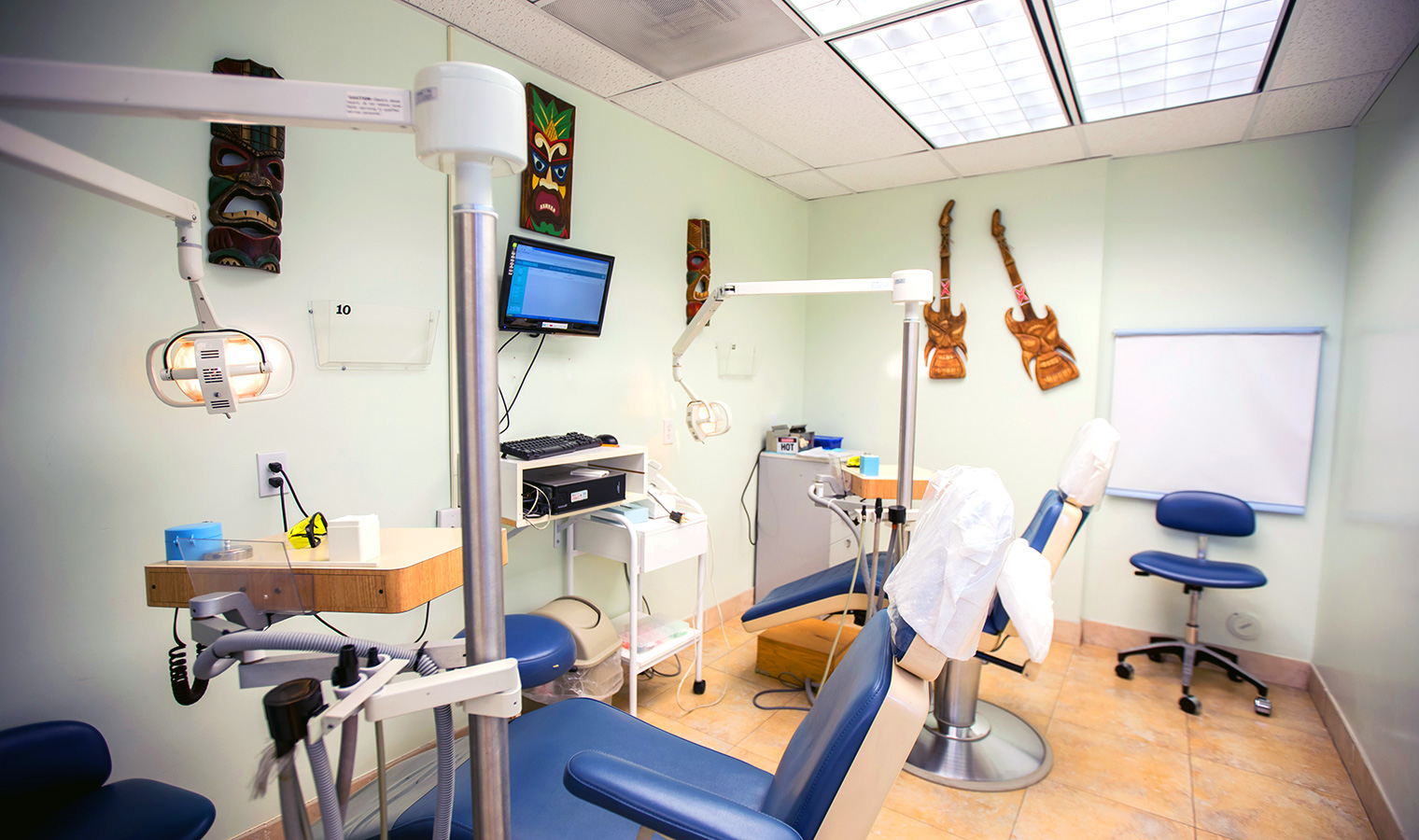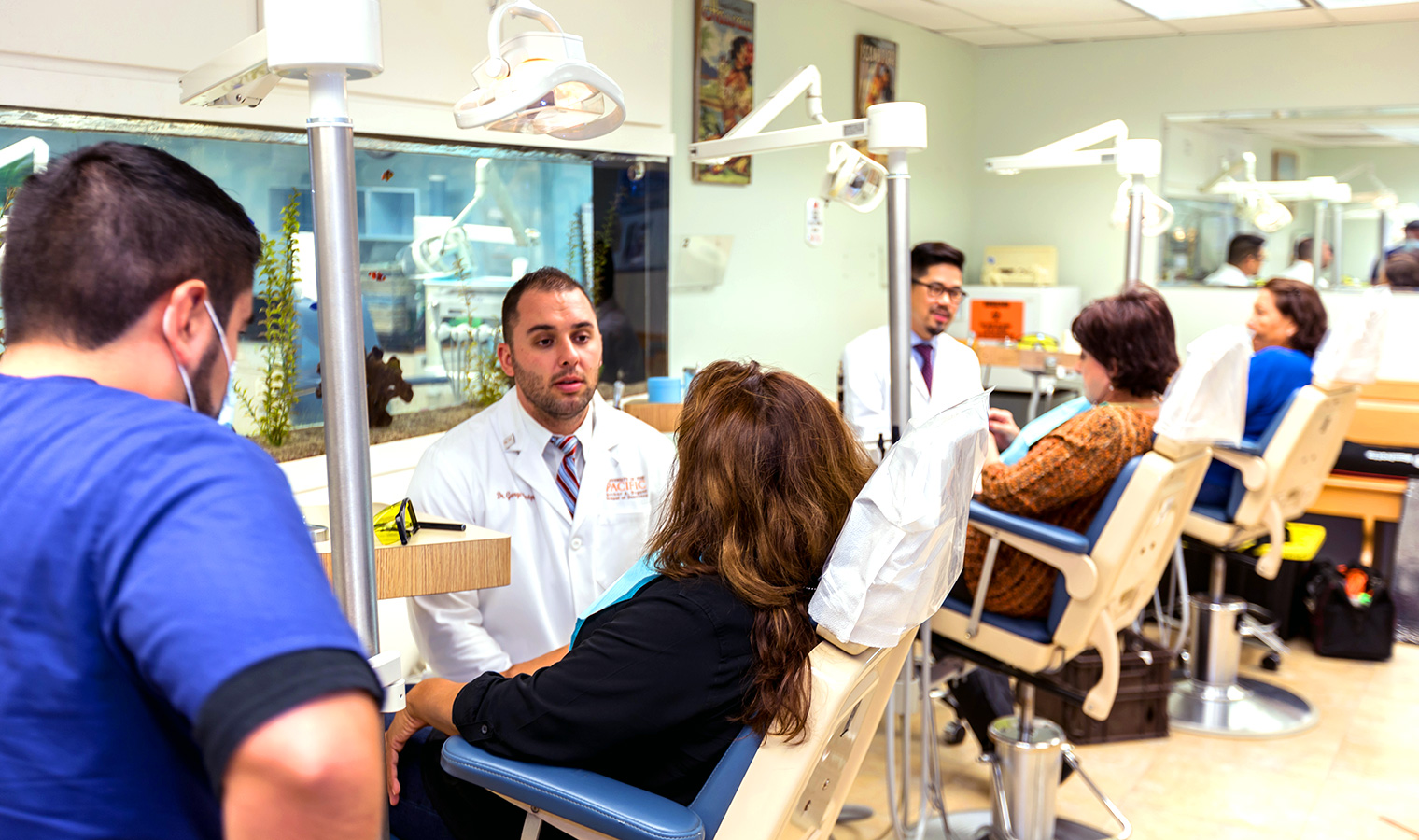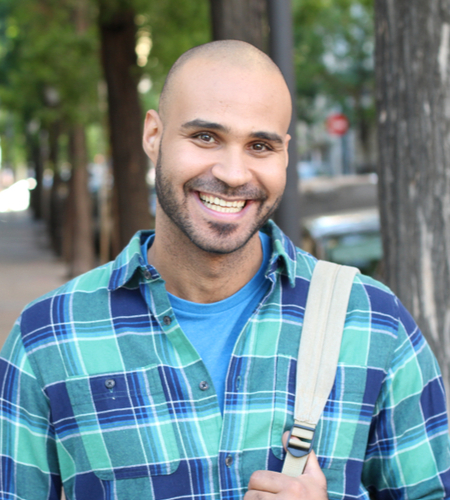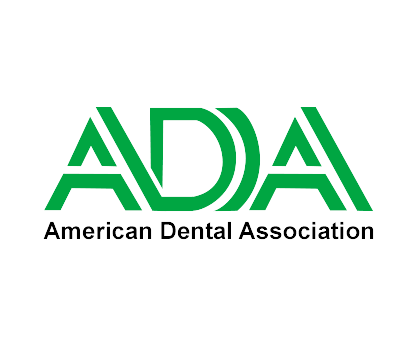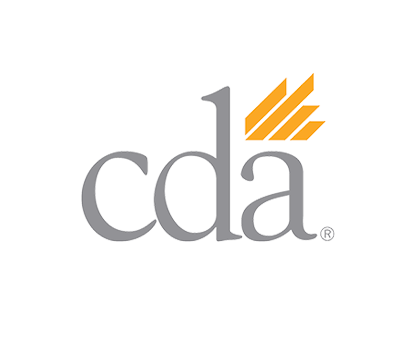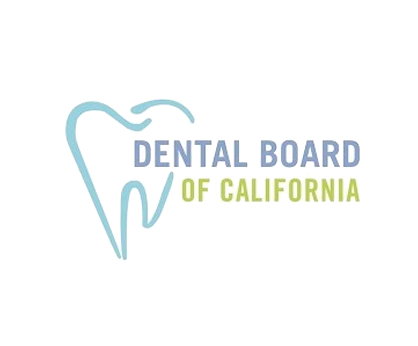Many people out there have sleep apnea, and so many of them are not familiar with the condition. Because of this, it often goes unnoticed that a person may be suffering from one of the forms of apneas. As per the findings of a series of studies, the prevalence of obstructive sleep apnea (OSA), one of the most frequent types of sleep apnea, ranges anywhere from 4% to 50% of the population.
According to the studies, the prevalence of sleep apnea is determined by the participant’s age, gender, weight, and any underlying health-related issues. A research assessment showed an average frequency of 22% in men and 17% in females. A person may more easily identify the source of their symptoms and seek the appropriate medical treatment if they know about sleep apnea.
In the following sections, we will discuss what precisely sleep apnea is and the three different forms of this condition.
What Is Sleep Apnea?
Sleep apnea is a severe sleep problem that occurs when your breathing repeatedly stops and resumes throughout sleep. During sleep, breathing could cease for 10 seconds or even longer, depending on the condition. If left untreated, it may result in loud snoring, daytime weariness, more severe heart problems, a lack of oxygen in the blood, or high blood pressure.
It is distinct from regular or primary snoring. Primary snoring may be caused by nasal or throat problems, sleep habits, being overweight or older, or using alcohol or even other depressants. Sleep apnea sleepers snore louder than ordinary snorers and may take short breaths, gasp, or even choke. Sleep apnea could affect individuals of all ages, including newborns and children, although it is more common in adults over 50 and those who are overweight.
Diagnosis And Symptoms:
To diagnose sleep apnea, your doctor will want to rule out the potential causes of your symptoms. To do this, they will go through your:
Medical Histories: Your doctor will examine your symptoms based on your provided information. They’ll assess your family’s history of sleep apnea or other sleep disorders, if you have a risk factor, and whether you have undetected sleep apnea problems like atrial fibrillation, high blood pressure, or type 2 diabetes.
Checkup: Your doctor will undertake a physical exam to search for evidence of obesity, constricted upper airways, huge tonsils, or a high neck circumference. They may also examine your jaw and tongue size and posture. They’ll check your lungs, heart, and brain for sleep apnea-related issues.
Sleep Studies: Your doctor might recommend doing a sleep test at a specialized facility or with a sleep specialist. Such tests can be carried out at a technical facility or at home. The sleep test checks for low or excessive levels of breathing muscle activation. Sleeping blood oxygen, as well as heart and brain activity, is checked. Your doctor may diagnose mild, moderate, or severe sleep apnea based on the number of occurrences in an hour. Mild sleep apnea is 5-14 episodes per hour, moderate is 15-29, and severe is 30 or more. Your doctor may also request further tests to investigate whether an underlying medical issue causes sleep apnea.
In most cases, the early signs of sleep apnea will go undetected since you are asleep, and commonly bed partners are the ones to bring them to your attention. The signs and symptoms include:
Loud snoring
Fatigue or daytime sleepiness
Restlessness or midnight awakenings
Morning dry mouth or aching throat
Gasping or choking and waking up
Concentration issues, forgetfulness, irritability
Depression/anxiety
Headaches
Children’s symptoms aren’t as visible as adults’, however, they can include:
-Sluggishness or drowsiness in class may be misinterpreted as laziness
-Bad grades (learning and behavioral disorders)
-Swallowing problems and inward rib cage movement while breathing
-Nighttime perspiration
-Unusual sleeping postures like hands-and-knees or hyperextended neck
What Are The 3 Types Of Sleep Apnea?
The main types of sleep apnea are:
Obstructive Sleep Apnea: It is the most common type of sleep apnea. Obstructive sleep apnea is characterized by repeated episodes of full or partial upper airway obstruction during sleep. During an apneic attack, the diaphragm and chest muscles work harder to open the airway as the pressure rises. Breathing frequently restarts with a loud gasp or jolt of the body. These episodes may disrupt sleep, limit oxygen delivery to essential organs, and induce cardiac rhythm disturbances. OSA grows more frequently with age and is more common in men, overweight persons, pregnant women, and those that sleep on their backs.
Some symptoms include waking up during sleep or feeling very exhausted while awake; waking up from sleep feeling scared; snoring or gasping for breath while sleeping; regular headaches; and waking up with a dry mouth and feeling disoriented or unable to focus at work or school.
Central Sleep Apnea: It is associated with central nervous system function. The airway is not closed during central sleep apnea; however, the brain fails to direct the muscles to breathe due to respiratory control center instability. It is more frequent in people with neuromuscular disorders such as ALS, stroke, heart failure, and other conditions that affect the cardiovascular or respiratory systems. It also prevents breathing at night, although a blockage of the upper airway does not cause it. Instead, the underlying reason is neurological. Central sleep apnea doesn’t cause snoring, unlike OSA. Instead of breathing, the individual pauses because the brain and neurological system don’t transmit a signal.
Some symptoms include insomnia, feeling short of breath or panicked, drowsiness throughout the day, or difficulty focusing.
Complex Sleep Apnea: This condition, also known as treatment-emergent central sleep apnea, arises when a person has both obstructive & central sleep apnea. Having one form of sleep apnea does not rule out having another. An early sleep investigation may reveal complicated sleep apnea syndrome. It is discovered after the apnea has not been resolved with a standard CPAP machine or other regular OSA therapy. Most of the symptoms are similar to those of OSA.
Some symptoms include short wakings from sleep, tiredness throughout the day, confusion upon awakening, headaches or dry mouth, insomnia, or poor sleep quality.
Can Sleep Apnea Kill You?
Although the breathing pauses of sleep apnea are highly uncommon to cause death, they may be fatal if not treated promptly. In other words, you will not stop breathing forever, but sleep apnea might kill you if you acquire life-threatening conditions. On the other hand, OSA may raise your risk of potentially dangerous short-term and chronic health issues, some of which might result in sudden death.
How Can You Stop Sleep Apnea?
To stop sleep apnea, your doctor will recommend therapy depending on the severity of your condition. In moderate situations, for example, lifestyle adjustments may be all that is required. The doctor will inquire as follows:
-If you are overweight, you must lose weight
-Exercise regularly
-Avoid drinking in the hours leading up to sleep and drink moderately
-Stop smoking
-Use a nasal decongestant or allergy medicines to relieve congestion
-Avoid sleeping on your back
-Regular use of humidifiers to add moisture to the air to avoid irritation to the respiratory system
-Sedative medications should be avoided, such as anti-anxiety medications or sleeping pills
If these do not relieve your symptoms, or if you have a moderate to severe form of sleep apnea, your doctor may suggest alternative therapies, such as:
Continuous positive airway pressure (CPAP) — A machine distributes air pressure via a mask while you sleep. This higher air pressure keeps your upper airway passageways open, preventing apnea and snoring. BPAP units are also utilized if CPAP doesn’t function.
Oxygen supplements — Central sleep apnea may need more oxygen while sleeping. Many oxygen types and technologies can supply it to your lungs.
Other medical treatment — Heart or neurotransmitter issues induce central sleep apnea. Treating these diseases may reduce sleep apnea symptoms.
Surgery — If alternative therapy hasn’t helped your sleep apnea for three months or you have an uncommon jaw condition, you may need surgery such as tissue removal, implants, etc.
Conclusion:
Sleep apnea can impact a person’s quality of life and is a risk factor for various potentially life-threatening conditions. Many people are still unaware of these disorders, and the symptoms often go unnoticed, putting their lives in danger. People who are fatigued during the day, wake up frequently at night, or snore loudly should see their doctor since this might suggest a significant condition.
If you have indications or symptoms of sleep apnea, speaking with your doctor and having a sleep study can provide you with immediate recovery. Proper therapy may help a person obtain a decent night’s sleep and lower the chance of developing chronic health issues.
